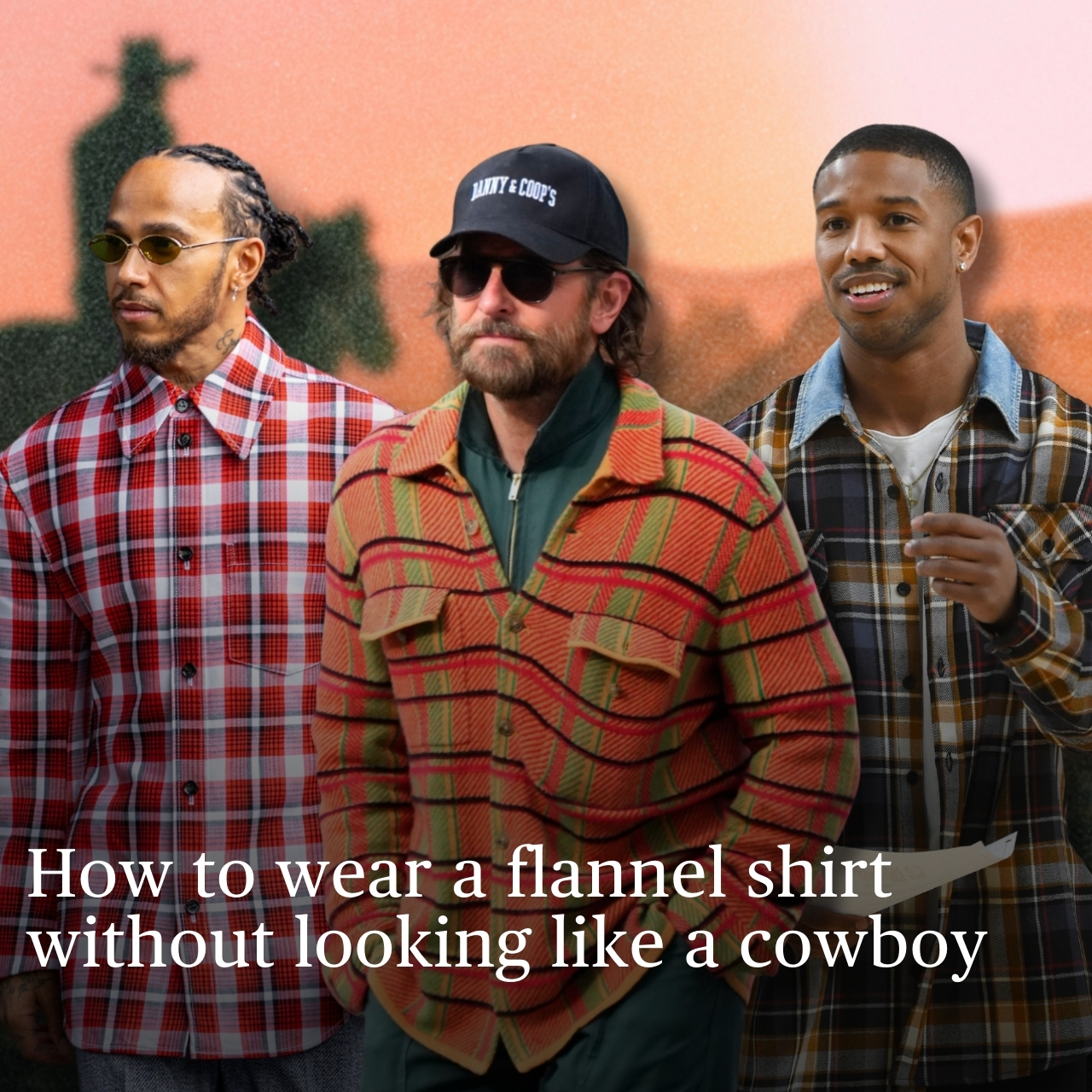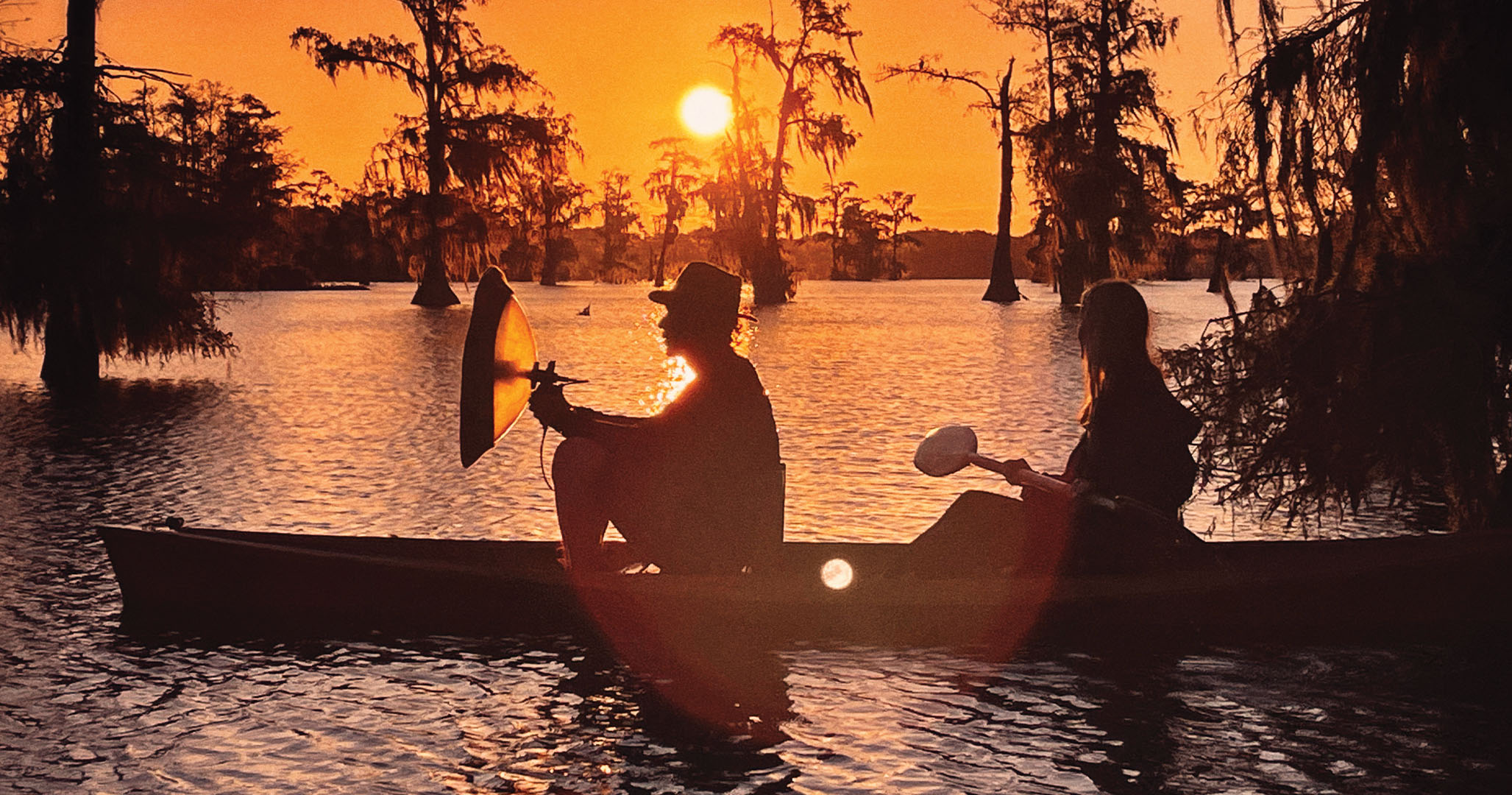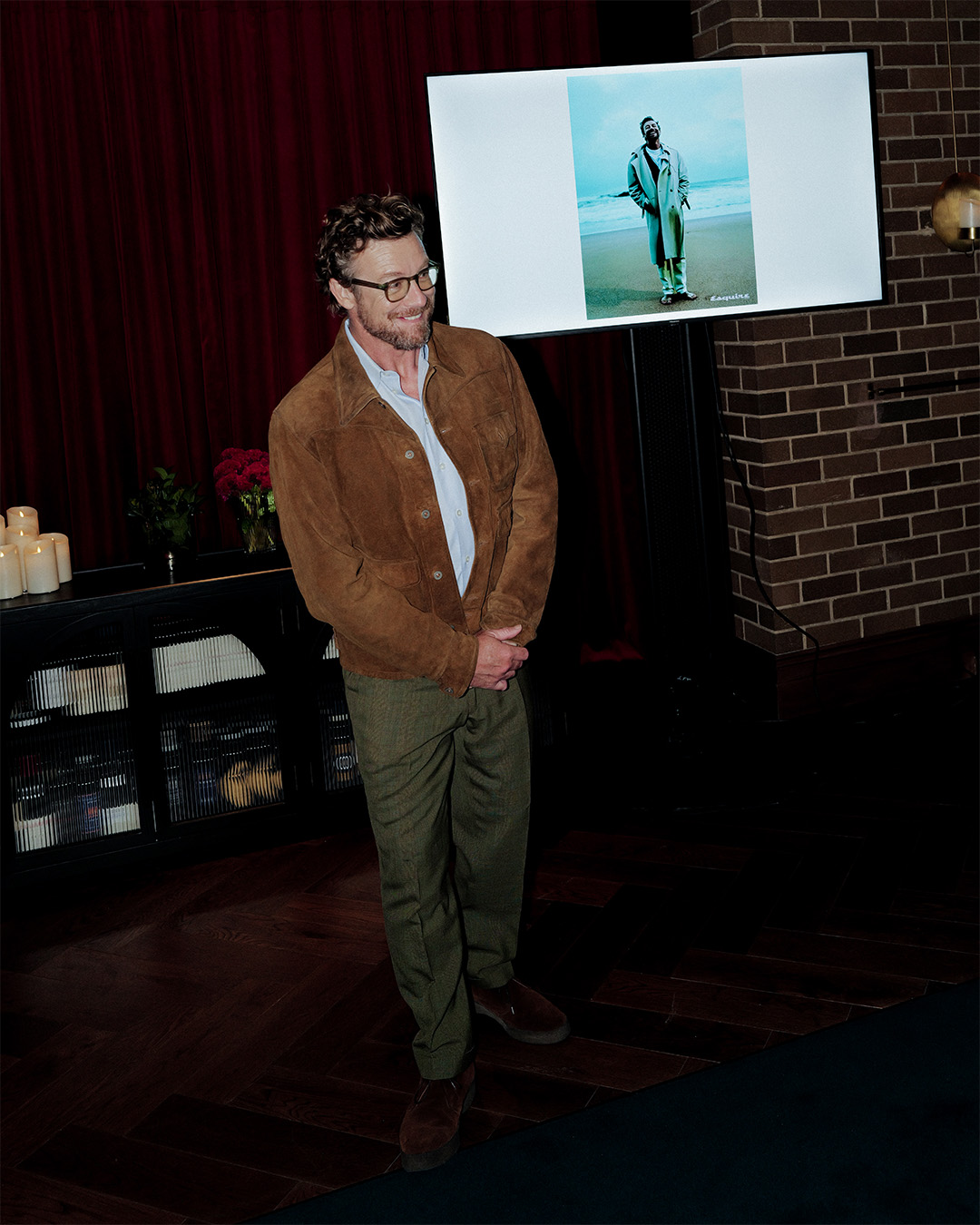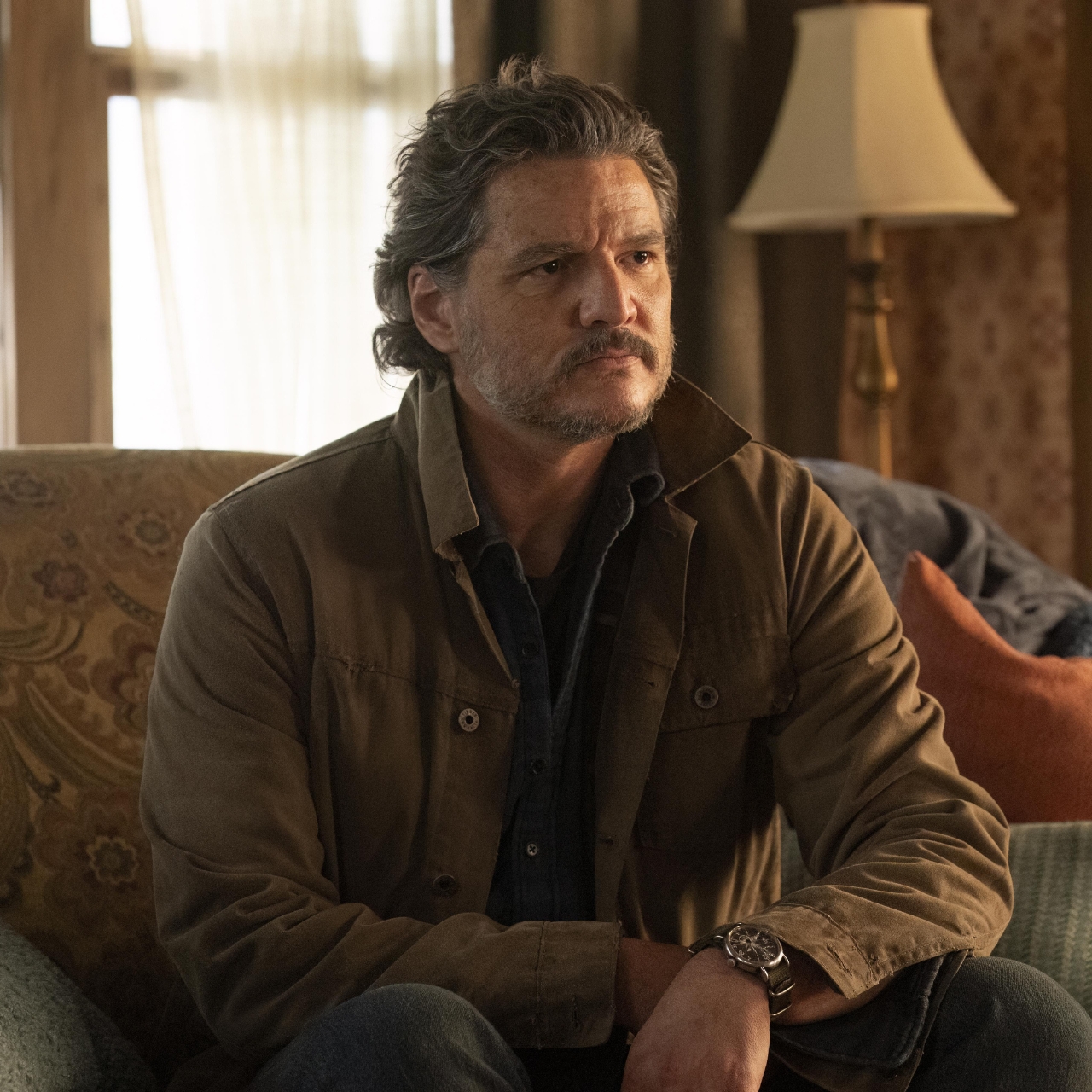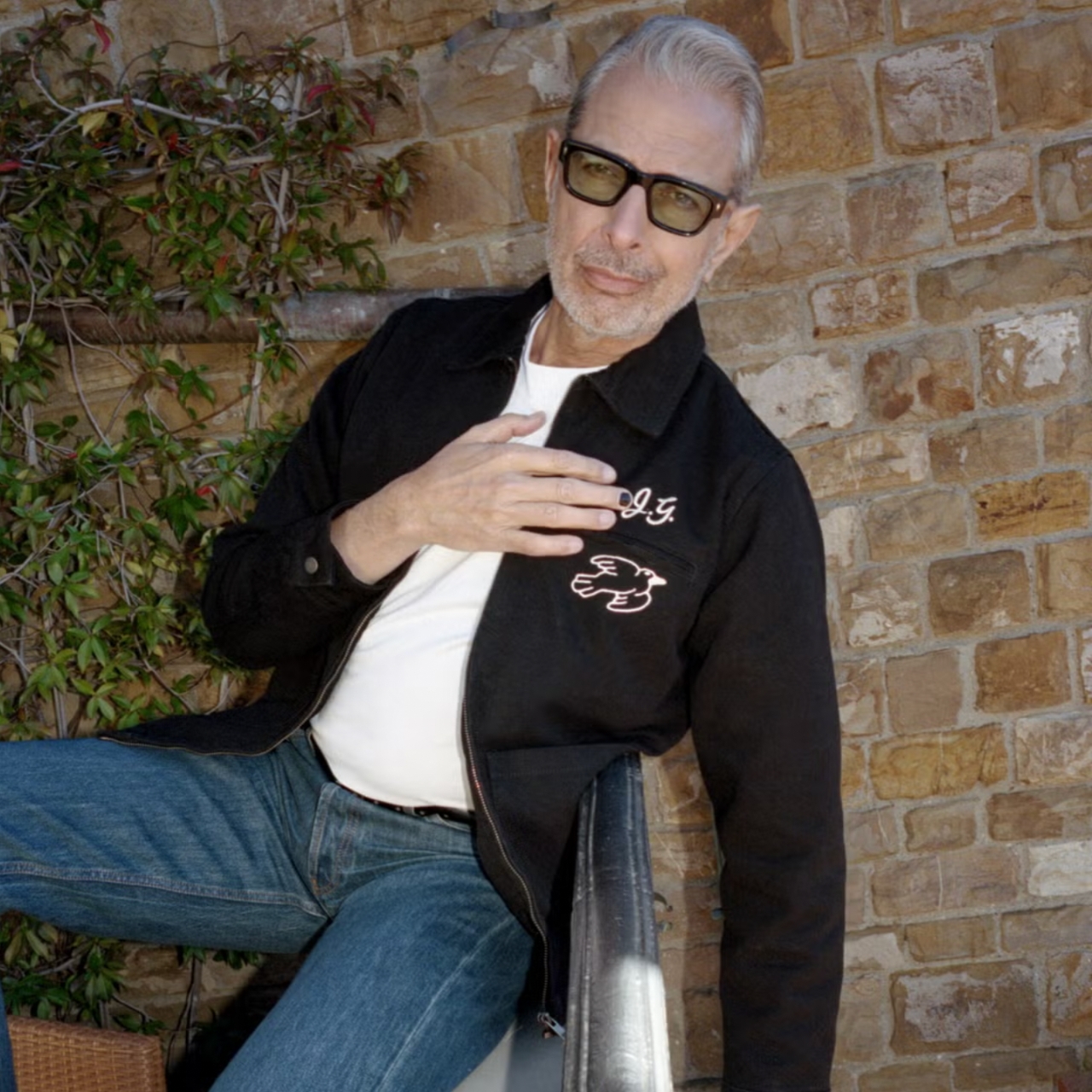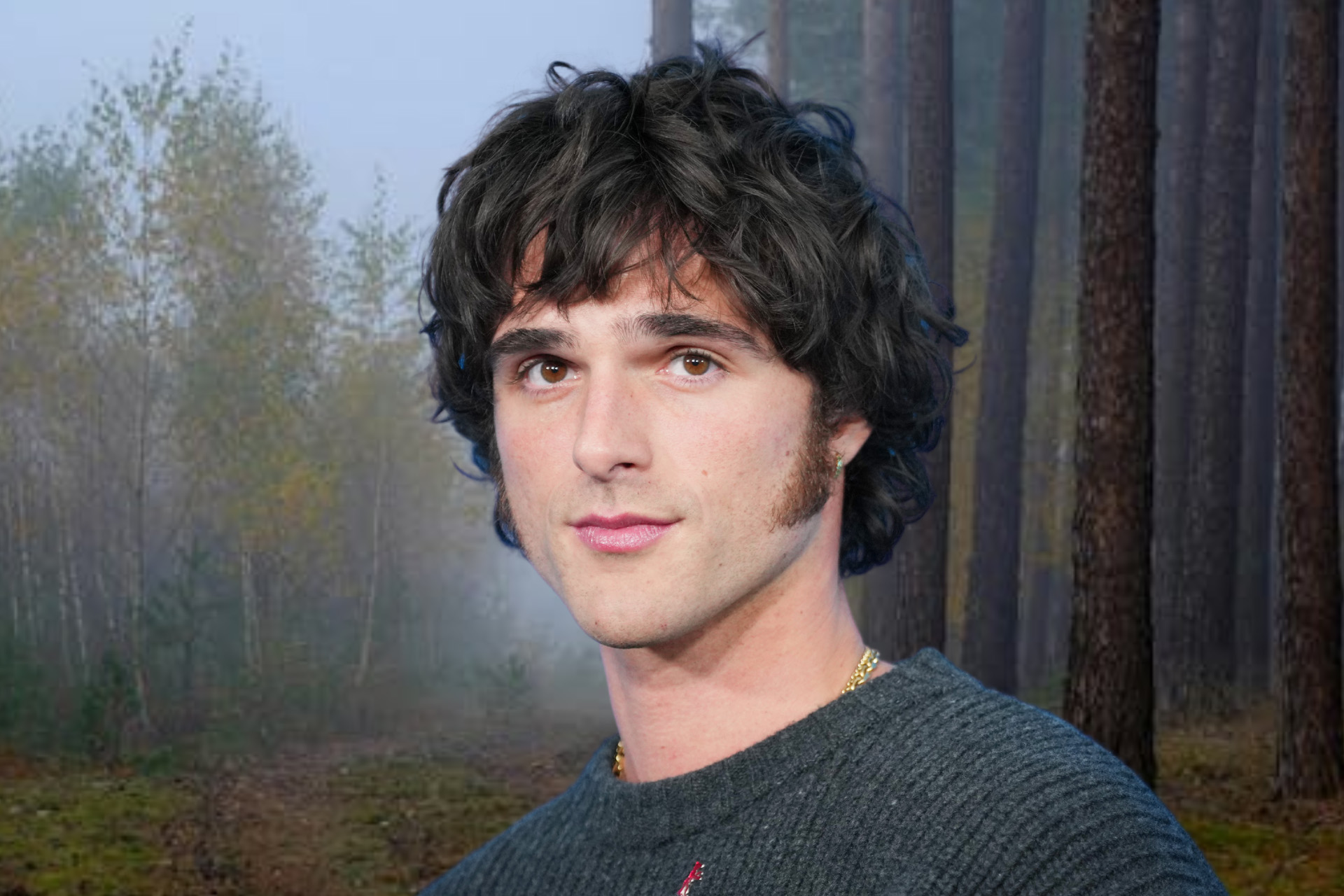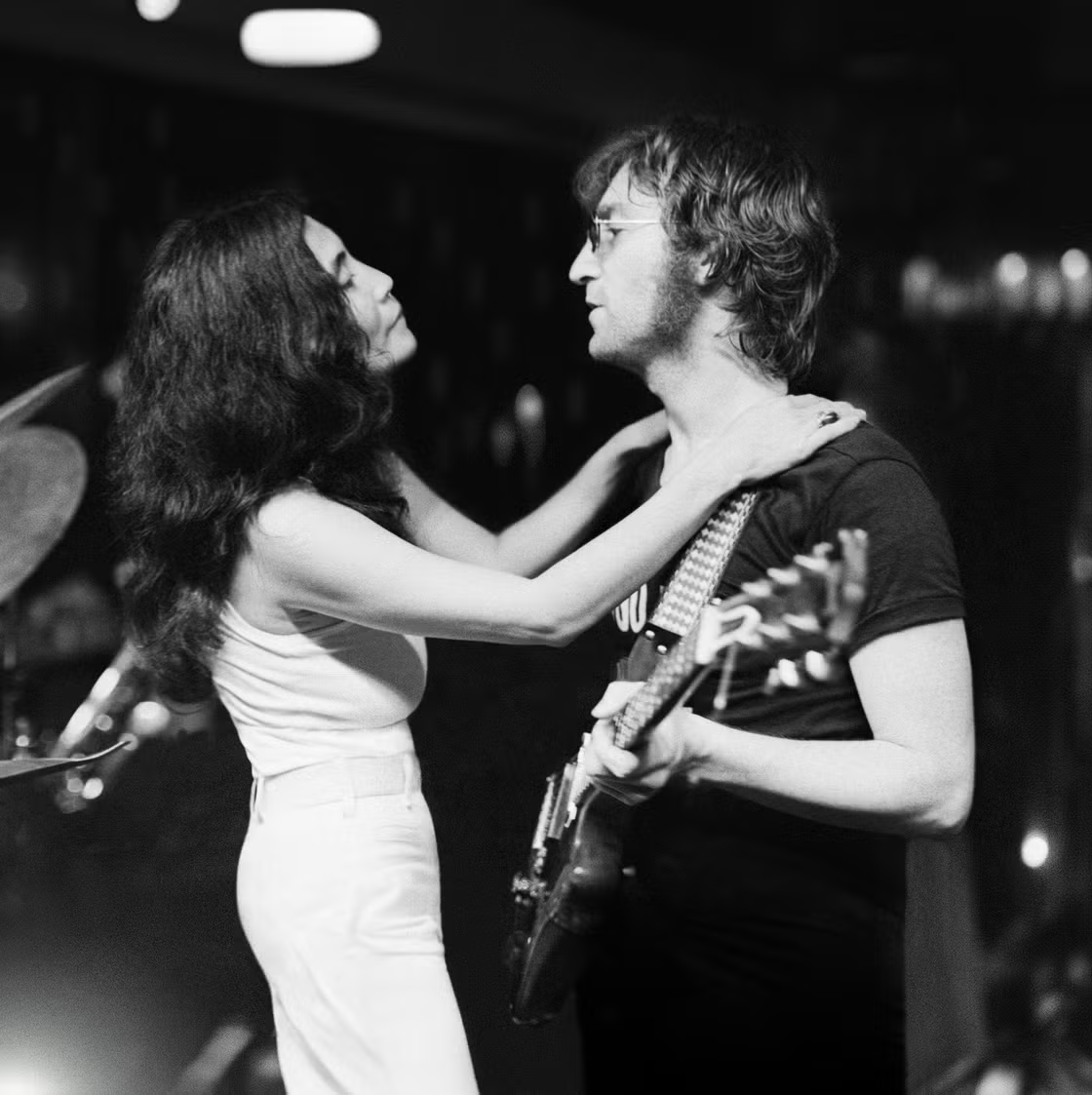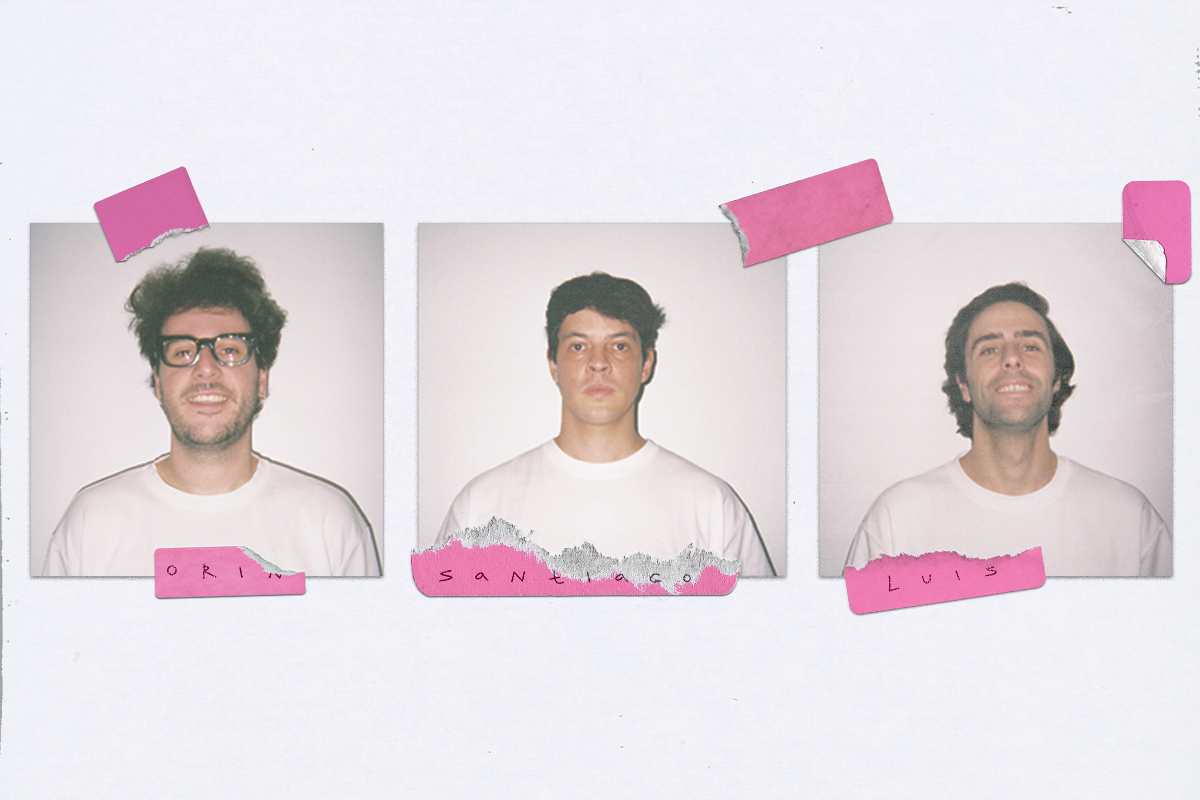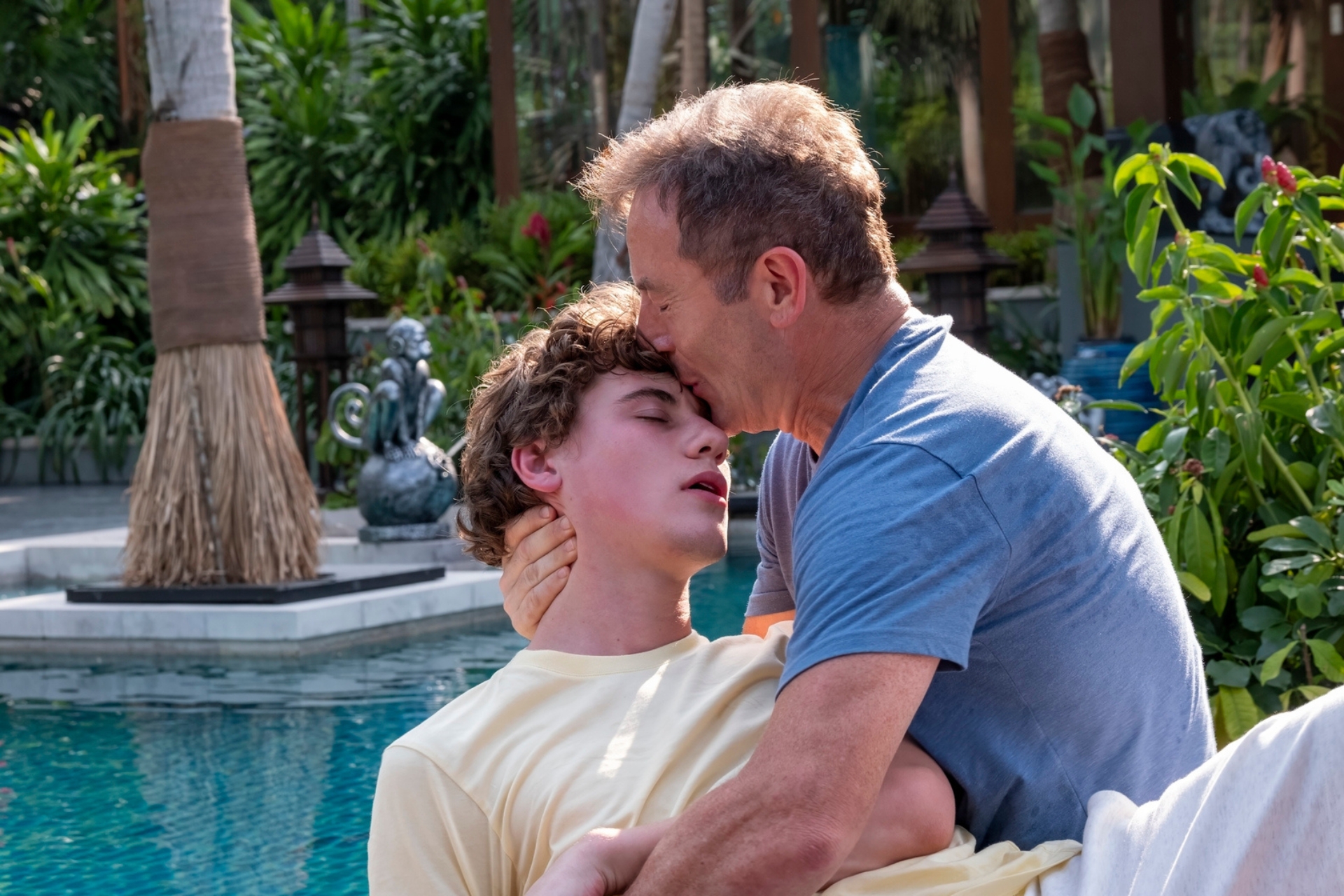I’M IN A WHITE VAN comes the text, from inside a white van. Martyn Stewart, the English sound recordist, is waiting by some postcard-pretty palm trees in the car park of my hotel, a newish Hilton in the seaside town of Indialantic. This town, plus Satellite Beach and Indian Harbour, plus the town of Melbourne Beach (where Stewart lives with his dog), form a nameless barrier island on Florida’s Space Coast, a skinny length of shoreline and nature reserves bending leftward like a spoon handle. Earlier, killing time between check in and his arrival, I’d flopped down in the lobby to people-watch, and found myself surrounded by hordes of clergymen: bishops in purple liturgical robes, purple button-downs and purple socks – one great big flash of violet. According to a woman I met at the bar, the Anglican College of Bishops holds a conference right here every year. Where better, I guess, to debate heavenly matters than an earthly paradise with a breakfast buffet?
I part the purple sea of bishops and make my way to the van. Stewart grins, asks about my flight, then turns the key in the ignition. He’s wearing his own monochromatic uniform – think Axl Rose in skinny True Religion jeans, dark long-sleeved shirt and black utility vest (with a white-tailed eagle pin in the corner), and masses of grey-blond almost- ringlets framing pale, kind eyes. On his upper arm is a tattoo that looks almost metal; it is silhouettes of a cow and a dog and the all-caps phrase NO DIFFERENCE. A hoop dangles from the ear he got pierced at 16. The earring before this, he informs me, was chewed up by a parrot.
I’m here for a few days, on the island without a name, to hang out with the brilliant, soulful Stewart, and to peruse his library of 97,000 field recordings, amassed over six decades and across 60 countries, give or take. The eternal star of his collection is the natural world, to whom Stewart has dedicated his life. From the age of 11, he has been documenting what is unseen, fragile and immaterial in nature; that is, the way it sounds. With his trusty Sound Devices 722 recorder and Sennheiser MK 8 Series microphone, he’s eavesdropped on marshlands, forests, deserts and mountainous regions, in the Arctic National Wildlife Refuge (“24 hours of sunlight in a yellow tent; it was like living in an embryo”), over water with hydrophones, even though he gets seasick. “Sound,” says Stewart, “is a barometer for the health of the planet.” This is one of his catchphrases. “A frog is the barometer of the marsh, and the dipper is the health of the river.”

The planet, as we know, is not doing well. Sound is a vital measure of a habitat’s true density and diversity; a place can appear to be teeming with life, but its acoustics will reveal its true state. It used to take Stewart three to four hours to record one pristine hour of wild sound – interrupted only now and then for a passing car. Now, as constant human noise encroaches on shrinking habitats, it takes 2000 to 3000. Two thirds of his archive is endangered or extinct. A conversation with him thus shuttles between abundance and loss, beauty and bottomless grief.
Cruising down the A1A, a coastal highway, we pass a litany of Floridian images: the aqua clapboard storefront of the Sea Turtle Preservation Society, tropical vegetation, mailboxes styled with seashells and googly eyes, more palm trees and big houses and blue sky. Stewart has lived in a lot of places over the years – England, Scotland, Spain, Costa Rica, Washington State – and in this sandy Floridian nugget since 2019. He hates it there, by the way – says that greed and bloodlust for trophies have fuelled the degradation of the island’s vital ecosystems.
“I call it God’s waiting room.” He gestures to the world outside the van. “Everyone’s just here waiting to die. There are tonnes of ex-CEOs, ex-owners of companies and retired bankers. The money they spend is incredible . . . They come and buy up land from ever-decreasing wild spaces. It’s use, use, use and abuse.” He says that, later on, he’ll show me through the habitat where he walks his dog every morning and evening. “It’s one of very few [tropical hardwood] hammocks left in Florida, and you’ll be shocked. You’re expecting to hear wildlife . . .” He trails off. “We have such a problem with shooting and loss of land. This morning, I could hear guns going off at 7am. There are more hunters now, and fewer wild spaces, fewer animals. The dawn chorus on Melbourne Beach has diminished. There’s this sharp decrease in everything I adore.”
Stewart really, truly adores the dawn chorus, the brisk, euphonious riot of birdsong that erupts for several months each year. When it’s dark, when the air is quiet and still, birdsong can carry 20 times further than usual, cutting right through the sonic spectrum. It makes morning the ideal time for males to vocalise, enticing mates and defending their territory. He’s recorded countless dawn choruses. In fact, he’s captured the vocalisations of most bird species in North America (each with its own regional accents, based on migratory patterns), and a decent chunk of all the bird species on earth. The expansiveness of his collection can surprise him. Some time after a trip to Australia, where “birds have very original calls”, he learned that the endangered regent honeyeater – a striking black and yellow-speckled bird with golden eye patches – was losing its clear, bell-like song due to its sparse population. Australian National University researchers have been pairing and nesting them since, but have noticed the rise of a shorter, simplified version. Stuart likely has the original in his files. “When I recorded it,” he says, “it was just another bird to document. Bird biologists told me it was a honeyeater. I think there were so few left, they forgot their song.”
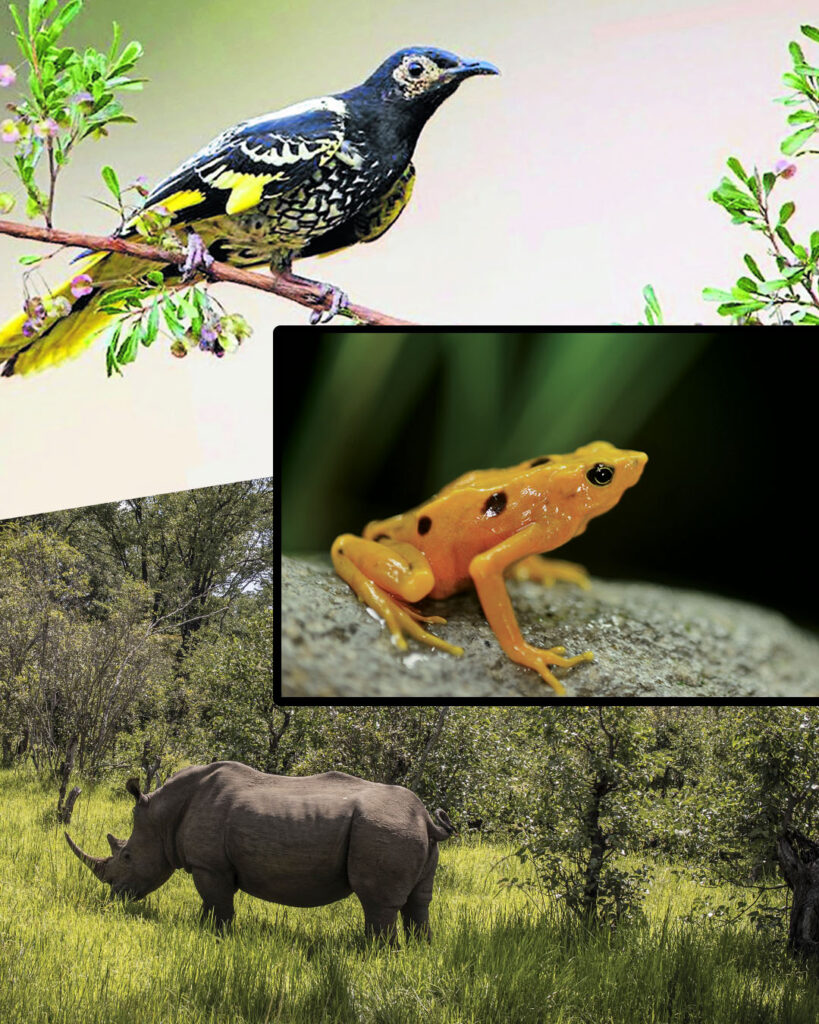
His library includes multiple creatures now extinct or critically endangered – the Hawaiian crow, the northern white rhino, the Panamanian golden frog – and investigative clips, often made undercover, and usually as a solo agent, exposing cruelty across industries.
“Has he sent you a list of everything he’s done over the years?” asks his niece, Amanda Hill, a former Global CMO of BBC Worldwide/Studios and founder of BBC Earth. “The animals he’s saved? The land he’s protected?” Growing up, she says, “he would always be off somewhere – in some remote place”.
Stewart’s microphone, which Hill likens to a weapon, is his humble tool and shield. With it, he’s exposed evidence of fox-hunting practices in England; the shark fin trade in China; seal clubbing and killing in Namibia (he was arrested for trespassing there, on the Skeleton Coast, but swapped his memory cards for blanks before they were confiscated); shark finning and illegal fishing in Mozambique; the slaughter of dolphins in Taiji, Japan (where he was arrested, briefly imprisoned, then deported from with a 10-year ban); the bear-bile trade in Vietnam; dog- meat farms in South Korea; bullfighting in Spain.
Once, in Las Vegas, he released footage of eight or nine sun-spotted dolphins crowding the concrete pool of The Mirage, an MGM hotel. “People were watching them, and their trainers were throwing fish and shit. So, I started to record. At the same time, there’s this PA system advising the public that ‘Our dolphins are really well looked after!’ And they had pox on their backs from living in this shallow, tiny pool.” Stewart posted his video online, while still inside the venue, and Matt Sorum – of Guns N’ Roses and Velvet Revolver fame – shared it with fans. “There were a million-odd hits. It wasn’t the brightest thing to do, but I told all the people following me to bombard the switchboard of the hotel, tell them they shouldn’t have dolphins in the middle of the Vegas desert . . . I go home a few days later, and I get this call from a blocked number. I picked up:
‘If you come down to Vegas again, we’re going to stick you in the fucking desert.’
“I started laughing. I said, ‘Is that Pete?’ I thought it was a mate messing around. Later, I contacted the operator, and they confirmed the call had come from Vegas.” Soon after, he headed back to protest The Mirage’s dolphins with a friend, Ric O’Barry, a fellow animal-rights activist and reformed TV-dolphin trainer (he captured, then trained, the first five dolphins used on the ’60s Flipper series). “I went back to The Mirage, checked in, went up to the sixth or seventh floor, got my laptop out . . . and boom, boom, boom. There are three huge guys outside the door. I open it, a foot goes in. He looks over to my bag on the bed, and says, ‘Get your shit together’. And this other guy was saying that if I’m found in an MGM hotel again, [they’re] going to have [me] for trespassing.”
“I never, ever consider MY SAFETY . . . That’s the last thing I do”
The next time Stewart stayed in an MGM hotel – investigating the private dealings of Safari Club International, a visiting organisation of big-game hunters – he masqueraded as a hunter and wore a disguise.
“I never, ever consider my safety,” he says. “That’s the last thing I do.” We’re in Stewart’s living room now, moving from story to story, both sitting in black leather recliners with cupholders in the arm rests and little Union Jack pillows on top. Sprocket, his floppy-eared rescue dog, has been sprawled sweetly on the carpet for hours. Stewart’s girlfriend, also English, also wearing black, has made us two huge mugs of tea. (He takes his with a splash of cow’s milk, the sole exception to his veganism.) He holds the mug in both hands. “If I worried about safety, I’d never go out and record. I’ve had crocodiles diving at me, practically trying to chop my head off. And I’ve been in situations that I don’t want to say on tape. It’s the power of Mother Earth, Mother Nature that fascinates me. And things like wind and thunderstorms . . . I need a record of those.”
Stewart is fascinated not only by buzzes, caws, bleats, growls, howls, rustles, gurgles and hisses, but by abstract geophonic events: volcanos erupting, wildfires raging, multi-tonal creakings and pops below shifting glaciers, ground convulsions during earthquakes, pulses from the insides of trees. Trees, he says, can communicate beyond the chemical signals they send underground. Sometimes, they’ll emit a high-frequency crackle, around 220 hertz, emerging from inner parts of the tree, like the xylem, which conducts water. You have probably never heard this faint heartbeat of a sound – our ears alone can’t process it. And Stewart found it only by accident. “I was recording bats, with a bat detector,” he says. “It’s a different way of processing sound. And there’s a device called a heterodyne [receiver], which changes the frequencies to an audible level. As adults, we can only hear from, say, six hertz, eight hertz or something, to about 18,000 hertz. So, I’m recording the bats, who submit sounds way up into that high spectrum, and I heard a strange pulsing sound. I thought, What the heck is that? When I got closer to this tree, I realised the tree itself was emitting a rhythmic pulse.”
To record the sounds of trees, Stewart drills a small hole into their surface and places a seismic microphone or hydrophone inside. Later, he’ll adjust the pitch, making it audible to humans. He’s repeated this process with mangroves, and with trees planted in violent, scarred places, like Auschwitz and Chernobyl, 10 years after the reactor meltdown. The sounds gathered there, he says, aren’t necessarily so different to those of other trees. He was curious, though, if sound could bear the weight of what nature has witnessed. Might it hold some sonic memory or inflection of the terrible things that man has done?
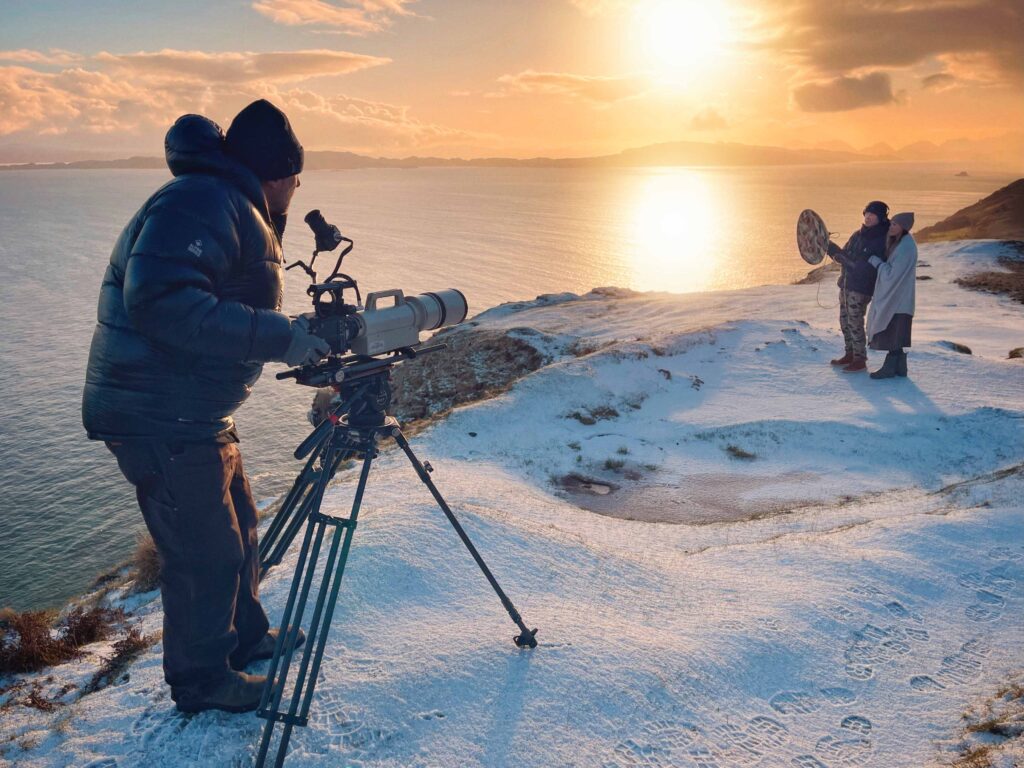
STEWART IS A LIFELONG ATHEIST. He has never believed in a higher power, even as a kid. But he does believe in the divinity of nature, or something very close to it. And he believes, unwaveringly, in the sacred, silent contract that persists between all of nature and humankind, a duty of care assigned to us by the simple fact of our aliveness, our coexistence with air, land, water, plants and living creatures. “[Former US president Ronald] Reagan said years ago [as Governor of California], when they were cutting down the redwoods [in Redwood National Park], ‘You seen one, you seen ‘em all’. But . . . everything is singular. Everything has its importance.”
One version of Stewart’s job title, ‘audio naturalist’, edges closer than ‘sound recordist’ to the true nature of his profession. Like labels tend to do, it also limits it, overlooking sub-careers involved in his strange and solitary work: researcher, engineer, technician, archivist, educator, activist, intrepid and self-funded explorer. Over the years, he’s funded his life – and thus his expeditions – by setting up small businesses, some with his ex-wife. They ran a general store in the north of Scotland, a karaoke bar in Spain. His sounds lend themselves to cinema – you can hear them in blue-chip natural history shows like The Blue Planet and Our Oceans, in Disney’s Frozen, on Xbox games and coverage of the PGA Tour. (There’s a crossover between golfers and birders, and the latter feel strongly about recorded birdsong being accurate to the region in which a tournament is being played.)
Only a handful of people do anything professionally comparable to Stewart. And he knows – or knows of – all of them. “I have great respect for Bernie [Krause],” he says, of the American bio-acoustician, “as well as George Vlad and Lang Elliot.” Krause, Stewart mentions, helped him to better catalogue his sounds under geophony (sounds from natural events: wind, rain, thunder), biophony (“all the critter sounds” – a term he’ll use for creatures of all sizes), and anthropophony (sounds generated by humans, from jet engines to speech). Using a program called Soundminer, Stewart organises and tags recordings with as much contextual data as he can compile, helping him to plot habitat loss and its impact on sound variety. “I include the temperature, the microphone and bit rate, sample rate, time, GPS locations, all of that,” he says. “I’m fanatical.”

His childhood, in a Birmingham council estate, was poverty stricken, marked by stretches without electricity or food. When he was six or seven, his mother would send him off to door-knock neighbours’ houses and ask for money, or to a nearby farmer’s field to quietly dig up their potatoes. “Mum didn’t know how to manage money, so we were always without. I used to come home, and the curtains would be drawn, and you could see these tiny white-yellow flame dots behind the curtain. You knew there were candles burning, so no electricity again.”
The escape from all this was nature. Stewart inherited his love of it from his older brother, Alan. Around 11, he’d venture alone into the bluebell woods near his home, clutching Alan’s microphone (he sang in a rock ’n’ roll band) and the tape recorder of another brother, John. There, Stewart would listen to the utterances of hedgehogs, blackbirds and wrens, song thrushes and crows, imagining them as the cast in little performances, rather like the radio theatre he’d hear on his mum’s transistor. He’d record a full tape, then record over it again and again, until he could afford to buy another. Around this time, he and Alan were writing letters to David Attenborough: “We were concerned as to why Prince Philip was president of the World Wildlife Fund and still allowed to go to India and shoot tigers. And David wrote back on his own personal stationary . . . Dear Martyn and Alan, thank you so much for your letter. We are working on it. As simple as that. So, he became one of my heroes.”
After graduating school, Stewart got a job at a local golf course, studied – and dropped out of – sound engineering, then got a degree in horticulture. He never stopped recording. “There were things I learned early on,” he says. “If you didn’t eat before you recorded, your belly would be rumbling, or you’d be [noisily] swatting a fly, or getting bitten by midges.”
“I can’t have conversations with animals. But I feel attuned with animals FAR BETTER than I do with my own species”
Stewart still feels calmer, safer, more alive in nature than he does in civilisation, even as the natural world shrinks around him. He can’t fall asleep in cities, where manmade noise is relentless. He rarely listens to music. (He does, incidentally, admit to seeing Rod Stewart in concert, something like “130 times”.) “I can’t have conversations with animals, of course,” he says, “not like we’re doing. There’s no asking, ‘Did you read the newspaper?’ ‘Do you want a coffee?’ But I feel attuned with animals far better than I do with my own species.”
Out there, in the wilderness, he not only witnesses the miraculous simultaneity of independent signals and calls but shares in mutual presence with animals. “We have a moment together, when the sunlight is coming up, and it gleans on a fern or a tree, casting shadows and reflections. You can’t take that home . . . It’s just . . . presence.”
“Martyn was a young boy when he first ventured out into the woodlands,” says Hill, his niece, “and I believe that he never came back. He just kept going. There are times, even when we’re together, that I still see him disappear, either literally or mentally. He’s never alone in nature . . . It’s what continues, I believe, to give him life.”
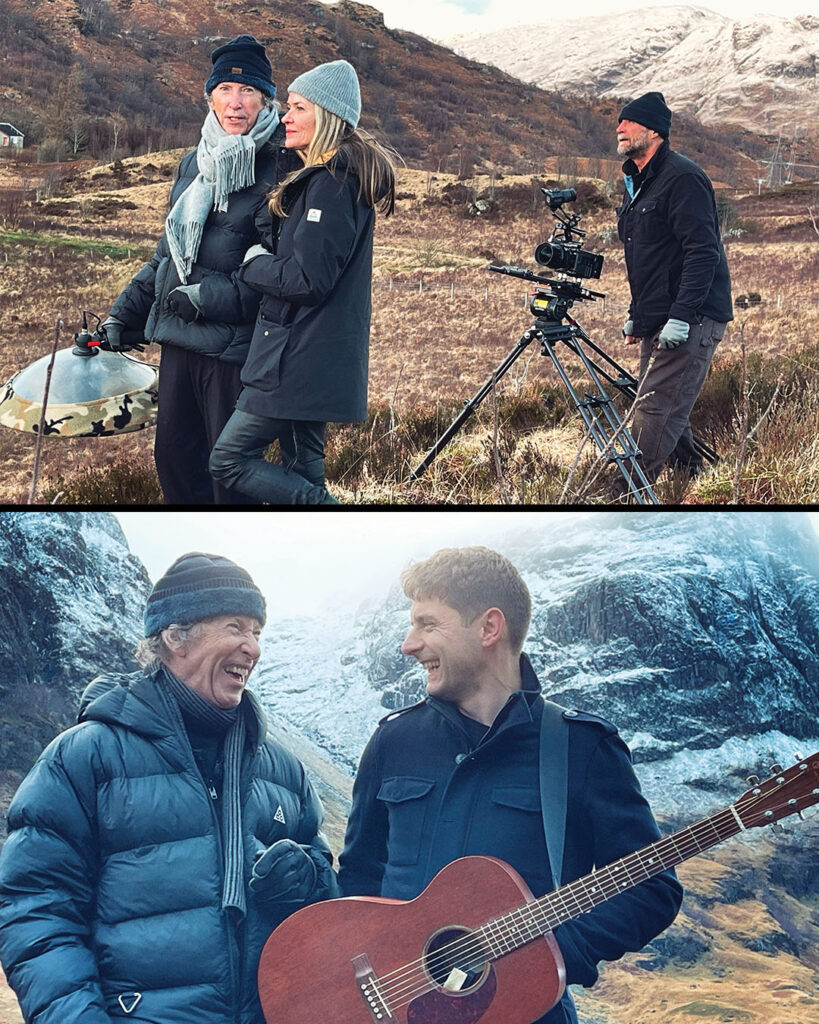
IN 2020, STEWART was diagnosed with terminal cancer and told he had five years to live. He’d dealt with cancer before – prostate, in 1994 – but this time it was aggressive, spreading. It’s difficult for him to smell and taste – the chemicals introduced into his body nuked away most of his senses – and he’s undergoing more treatment the day after our interview. He fantasises about leaving Florida, relocating to the craggy, isolated coast of Sandaig in the Scottish Highlands, but for the moment he’s bungee-corded to the US health system.
Stewart’s niece was the one who suggested a permanent, more public archive, soon after his diagnosis. “I asked how he wanted his legacy to be protected. I don’t think he’d even thought of it as a legacy, or quite what had been accumulated over the years.” He’d had offers to buy his collection before – someone in the gaming industry gave him a verbal ballpark of US$3.5 million for the lot – but always refused. “I knew they would stick it in a basement and just sit on it,” Stewart says. “And that would be the end of it. I’ve always wanted it to be academically available to scientists, students.”
So, together, Hill and Stewart launched a non-profit foundation, The Listening Planet, gifting natural soundscapes to the public. Stewart began a podcast, A Life in Sound. A partnership was formed with Apple’s Platoon Music – 50 albums to start – and with the UN, around the launch of nature as a musical artist. Stewart was initially reluctant to work closely with others, but at Hill’s insistence, he began collaborating with artists, musicians, filmmakers. He contributed to Deep Field – an ongoing augmented-reality and sonic experience by Australian artist duo Tin&Ed – which has been shown at the Getty Museum in LA, the Art Gallery of NSW and, most recently, the Museum of Modern Art in New York. As part of the installation, children’s fantastical illustrations of nature, made on iPads, bloom into a network of 3D plant structures, and a soundscape by Stewart comes alive as visitors move through the museum. “It was very collaborative,” Tin&Ed say. “Martyn would suggest sounds he felt could work, which helped us think conceptually about how sound could shape the work’s narrative . . . He recommended meteorological sounds, like melting glaciers, bushfires in Australia, hurricane winds and other recordings that speak to nature’s strength and fragility.”
Last year, Stewart released a collaborative album, Imperfect Cadence, with Scottish musician and producer Robert Shields (aka ONR), who calls him “so unapologetically true to himself that people – decent people – are just drawn to him”. Field recordings, captured during hikes through remote parts of Scotland in the ’70s, formed the basis of Shields’ vocals and instrumentation; on the track ‘Brace’, for instance, peregrine falcon cries and rook calls blossom into staccato string crescendos. The two men, Shields says, share an affinity for wind –“not the muffed, distorted, rumbling-iPhone captured kind, but the real-world, pure, howling kind” – whose ferocity Stewart captures “incredibly cleanly”.

An independent documentary is in progress, too, My Uncle Martyn, in which both Hill and Shields hike and road-trip with Stewart through sites of sonic importance to him. Directed by nature documentarian Nick Lyon, with Matt Aeberhard as director of photography, it deals with the diminishment of natural sound in our world. “Working with Martyn has been easy,” Aeberhard says, “because we see and hear the world in the same way. We are open to it, because we like to live.” Lyon says he learned how devious our brains – and the camera, by virtue of its long lens and narrow view – can be in shutting off manmade sounds. “The microphone is truly agnostic in its record. Everything is captured . . . what becomes brutally clear is there are few moments in our daily lives where we get anywhere near the tranquility that Martyn travels far and wide to record.”
Before Stewart drops me at the hotel for the last time, where I’ll walk past a hot tub full of bishops and onto the unpeopled beach, and be moved to great, globular tears by the appearance of two enormous birds – a pair of brown pelicans, gliding through fading sky – the two of us sit for a few hours in his home studio, listening to clippings of the world. (He’s on a computer chair, I’m on the flimsy camping stool he took with him last year, at 1am, to record Hurricane Milton approaching Florida.) He plays for me recordings of mountain gorillas in Rwanda, Australian musk lorikeets, Scandinavian reindeer, the booming sonar-clicks of sperm whales as they echolocate through deep waters, a percussive carpenter frog (“It’s almost like he’s got a tool bag out,” Stewart says, “with his nails and his hammer”). Everything is remembered, as best as he can, nothing too infinitesimal. Clicking between monitors, he magnifies the acoustics of ant colonies to a resonant climax: fire ants sputtering t-t-t-t-t-ts, Costa Rican leaf cutters spouting scythe-like schwipppps. “The planet,” he says, “makes beautiful sounds.”




